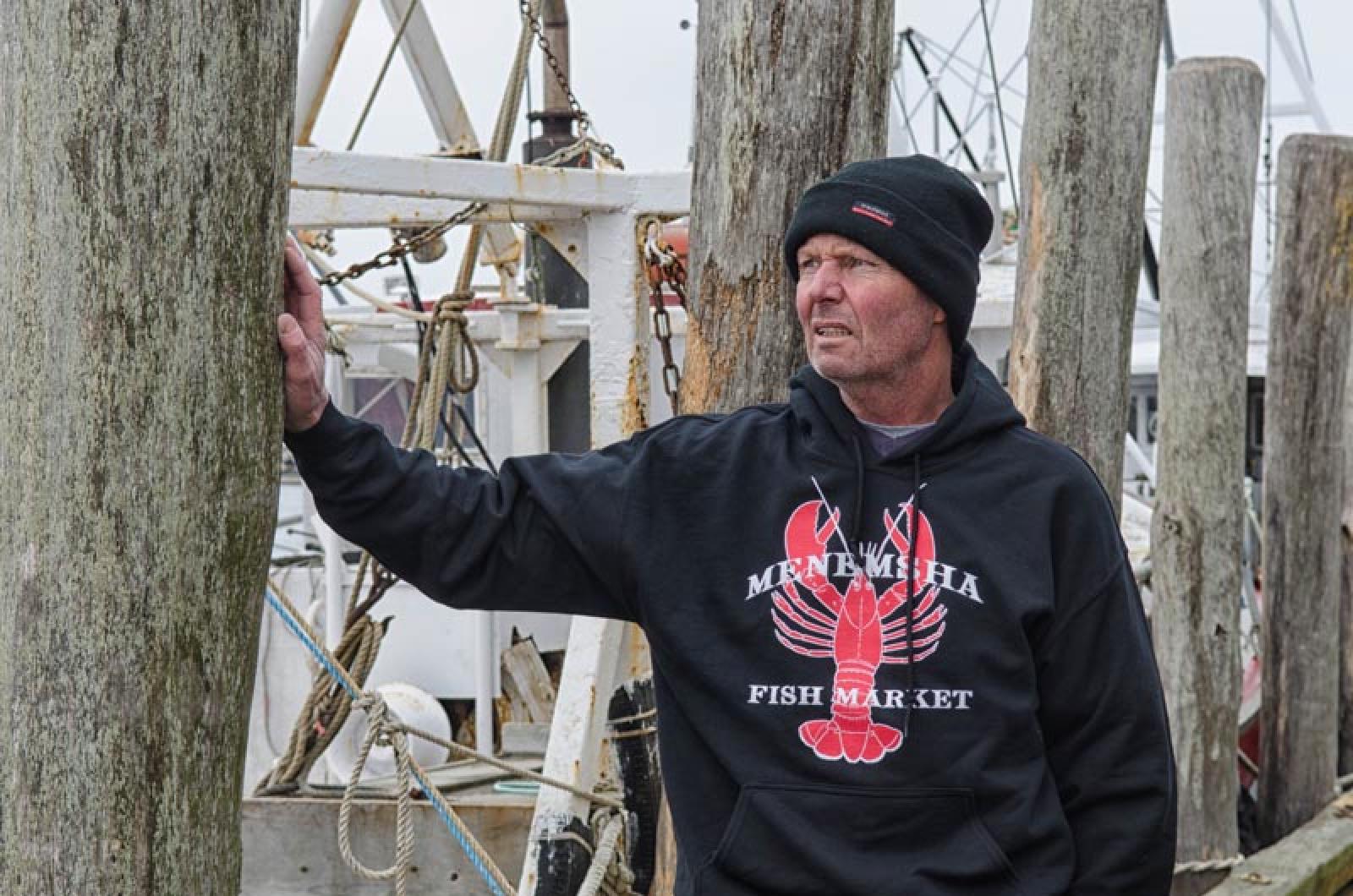The Vineyard’s first offshore blue mussel farm has a new owner with a long-term vision for the local fishing industry.
Stanley Larsen, owner of Menemsha Fish Market, recently took over a shellfish grant for the continued operation of the aquaculture farm, which was established off Chilmark in 2006 with federal and local funding.
“I’m just hoping to be able to offer my services to keep this mussel program going and hopefully to expand on it,” said Mr. Larsen, who was the Chilmark shellfish constable for 19 years and is familiar with the blue mussel project from his work with former grant holder Alec Gale.
The grant was formally transferred from Mr. Gale to Mr. Larsen by the town selectmen last week.
Mr. Gale was unavailable for comment, but Mr. Larsen pointed out that as a father and an owner of a successful wholesale business at the Menemsha Fish House, Mr. Gale has “got some pretty good potential in other areas, and he wants to focus on those.”
The blue mussel program is supported by the Marine Biological Laboratory in Woods Hole and the Martha’s Vineyard Shellfish Group. Both groups were instrumental in getting the project started nine years ago and obtaining the required permits. Funding will continue this year through the Northeast Regional Aquaculture Center.
Mr. Larsen is also a commercial shellfisherman out of Menemsha. In the past, he captured and supplied seed stock (young mussels) for the aquaculture program and provided guidance on processing the mussels. One of his three boats will be dedicated to the work of maintaining the farm.
The farm began as an experiment in growing shellfish using a system of ropes and buoys in offshore waters. Suspended above the ocean floor ideally keeps the mussels safer from predation and increases their growth rate. But without regular harvesting, the mussels will keep growing and pull down the buoys.
“That’s what I believe happened last summer and fall,” said Scott Lindell, director of the scientific aquaculture program at the MBL, who has been with project since the beginning. “There very well may be product on the line but we don’t know how much.”
Mr. Larsen believed it would take two or three people to restore the system, and as many as four people to keep it running. Once all the permitting issues were taken care of, he said, he expected to sell the mussels at Menemsha Fish Market and other local businesses.
“These are probably the best tasting mussels in the world,” he said. “They don’t need any butter, they don’t need anything added to them. You can just eat them right out of the shell.” He estimated that high-quality farm-produced mussels could go for around $1.75 per pound.
The program so far has not created many jobs, but Mr. Lindell pointed out that the economic benefits go far beyond the harvesters. “In general, for every dollar of sale from a farmer to a retail or a restaurant you can easily apply a three-times economic multiplier,” he said. There are five suspended lines in the system, but he believed it would take between 10 and 25 to generate full-time business and year-round sales.
Mr. Larsen’s long-term goal is to provide ongoing support to the Island fishing industry.
“The fishing fleet has dwindled to a sparse amount of fishermen on the Island and regulations keep changing,” he said. A localized production area could help cut down on fuel costs, as well as wear and tear on boats and conflicts with other fisheries, he said. “I think it’s going to be the future of the fishing, and will open up the opportunity for many people who want to make a living out on the ocean, working on boats and supporting local economies and local food production.”
Mr. Lindell pointed out that the United States imports nearly $130 million of mussel products each year, including about $40 million of live mussels from Canada. “Why shouldn’t we be growing it here, serving ourselves, rather than spending that money overseas,” he said. “There is a local alternative.”







Comments (6)
Comments
Comment policy »